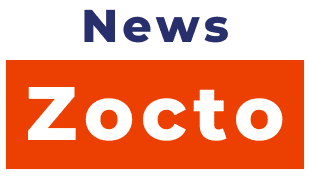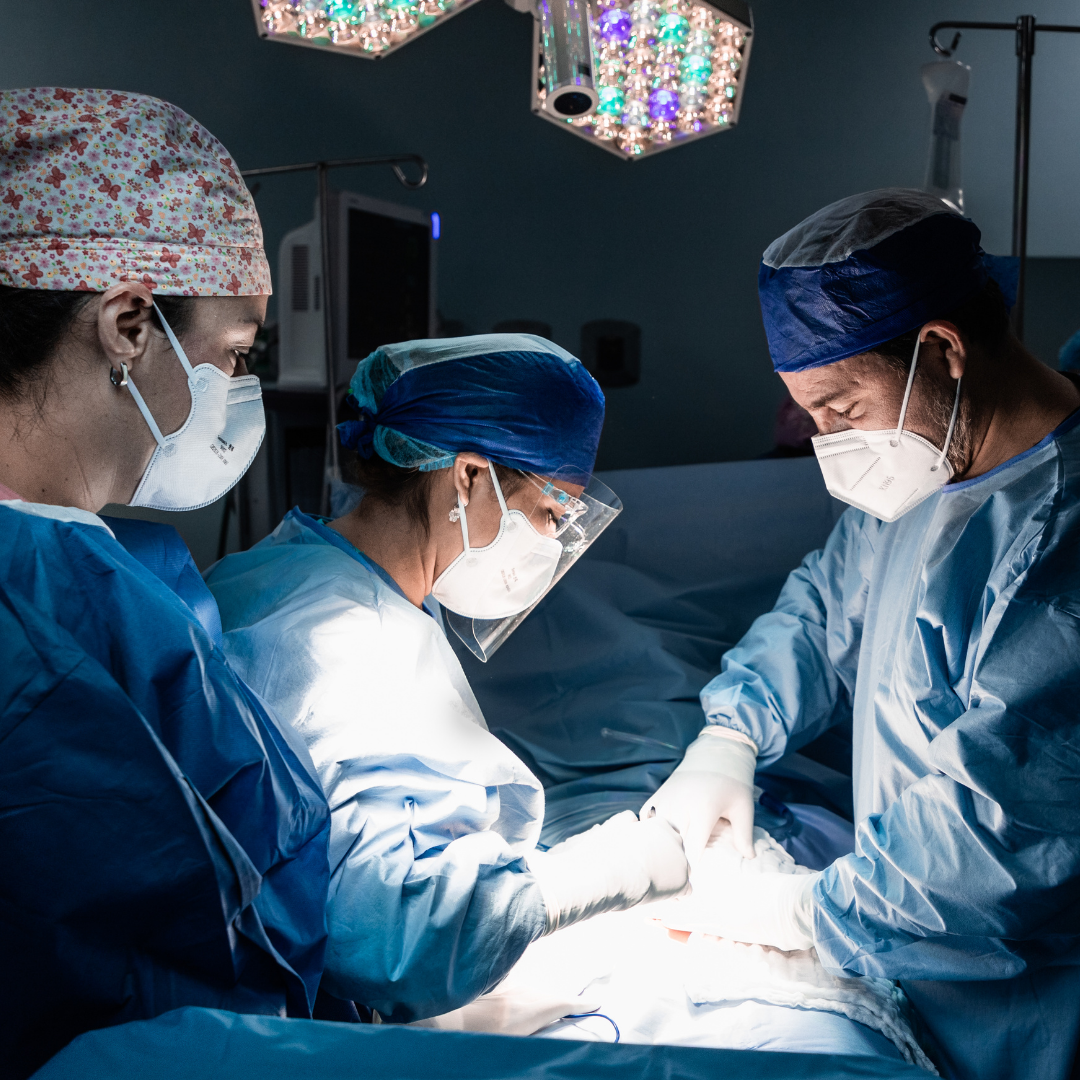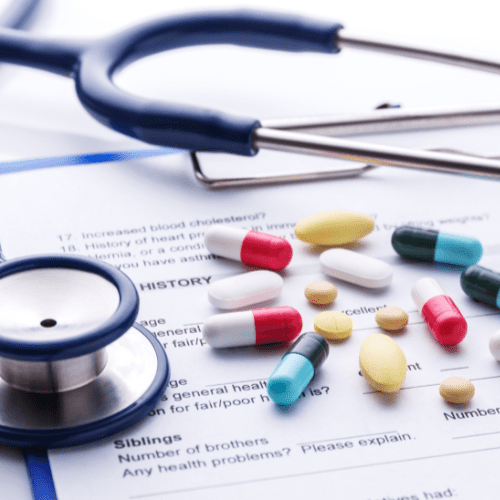The rising incidence of cancer globally necessitates innovative solutions to ensure that patients have access to effective treatments without facing financial ruin. Generic drugs have emerged as a pivotal force in addressing the high costs associated with cancer medications. By providing alternatives that maintain the same therapeutic effects and safety profiles as their branded counterparts, generics are transforming the treatment landscape for cancer patients worldwide. This article will explore the integral role of generic drugs in enhancing access to affordable cancer treatments, examine the challenges and opportunities within the generic cancer drug market, and highlight the implications for patients and the healthcare system at large.
The Role of Generic Drugs in Enhancing Access to Affordable Cancer Treatments
The healthcare crisis triggered by cancer’s escalating prevalence has spotlighted the urgent need for affordable treatment options. Generic drugs occupy a crucial position in this context, as they allow patients to access the same active ingredients found in branded medications, often at a fraction of the cost. This cost-saving potential enables healthcare systems to allocate resources more effectively while ensuring patients receive the necessary treatments without significant financial burden. Patients can benefit from the same therapeutic effects, which enhances their adherence to treatment regimens and improves overall health outcomes.
The introduction of generics into the market is often facilitated by complex regulatory pathways designed to ensure their safety and efficacy. In many countries, once the patent on a brand-name drug expires, multiple manufacturers can apply to produce their generic versions, thereby increasing competition and lowering prices. The approval process typically involves rigorous testing and submission of bioequivalence studies to regulatory bodies like the FDA or EMA. These measures ensure that patients can trust generics as viable substitutes for their branded counterparts, leading to greater acceptance among healthcare providers.
Various case studies illustrate the positive impact of generic drugs on cancer treatment accessibility. For instance, the introduction of generic imatinib, a treatment for chronic myeloid leukemia, resulted in a significant decrease in treatment costs, leading to broader access for patients across different socioeconomic backgrounds. As generics permeate the cancer treatment market, patient stories emerge that highlight improved health outcomes and decreased financial strain, underscoring the transformative role that these drugs play in modern oncology care.
Challenges and Opportunities in the Generic Cancer Drug Market
While the benefits of generic drugs in cancer treatment are clear, the market faces several significant challenges that complicate their widespread adoption. Regulatory hurdles can slow down the entry of generics, as manufacturers navigate complex submission processes and compliance requirements. Additionally, patent disputes often delay the launch of generic alternatives, as brand-name companies seek to extend their market exclusivity through legal means. These challenges can create gaps in the availability of affordable treatments, leaving some patients without access to necessary medications.
The perception that generic drugs may be inferior to their branded counterparts also poses an obstacle to their adoption. Some healthcare professionals and patients remain skeptical about the efficacy and safety of generics despite extensive evidence supporting their equivalence. This hesitancy can lead to underutilization of generics, hindering their potential to drive down costs and improve access to cancer treatments. Educational initiatives targeting both healthcare providers and patients are vital to dispelling these misconceptions and fostering greater acceptance of generics within the oncology community.
Nevertheless, emerging opportunities within the generic cancer drug market are paving the way for growth. Advancements in biotechnology and the development of novel formulations can enhance the quality and effectiveness of generic treatments, addressing concerns about efficacy. For example, tailored delivery systems or improved manufacturing techniques could yield generics that not only match but surpass their branded counterparts in certain aspects. By focusing on innovation and addressing existing challenges, stakeholders in the generic drug market can create a more equitable landscape for cancer treatment, ensuring that affordable options are widely available and embraced.
The expansion of affordable cancer treatments through generic drugs represents a significant advancement in the ongoing battle against cancer. By providing cost-effective alternatives to brand-name medications, generic drugs enhance patient access to essential therapies while alleviating financial burdens on healthcare systems. However, challenges such as regulatory hurdles, market perceptions, and manufacturing complexities must be addressed to maximize the potential of generics in oncology. With proactive strategies and a commitment to innovation, stakeholders can create a more equitable and sustainable cancer care landscape, ultimately improving outcomes for patients and increasing the overall effectiveness of cancer treatment strategies.




